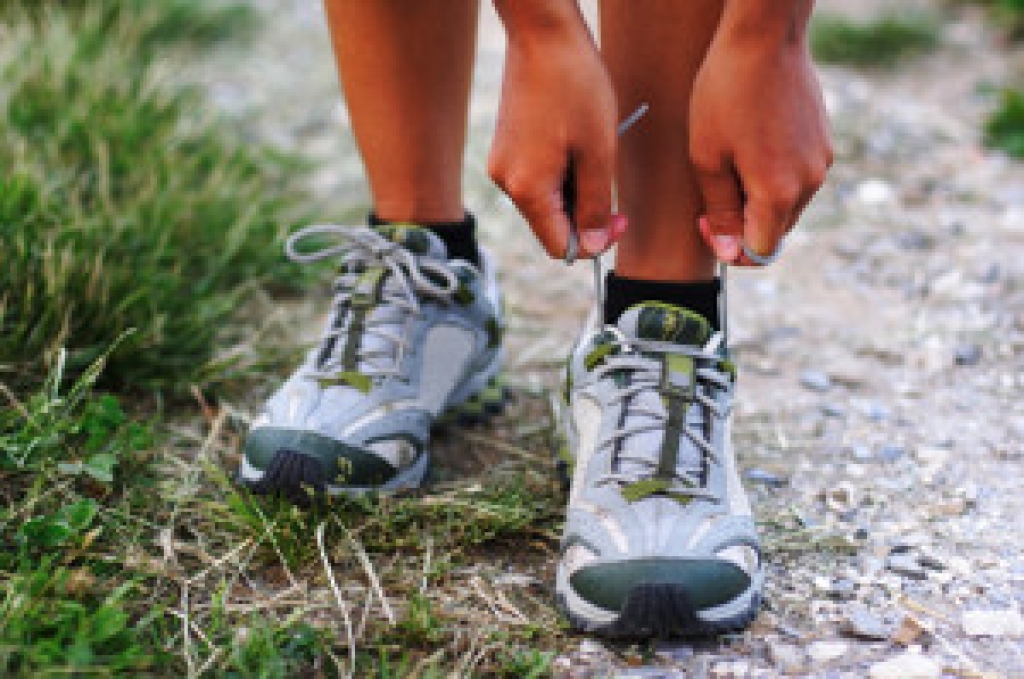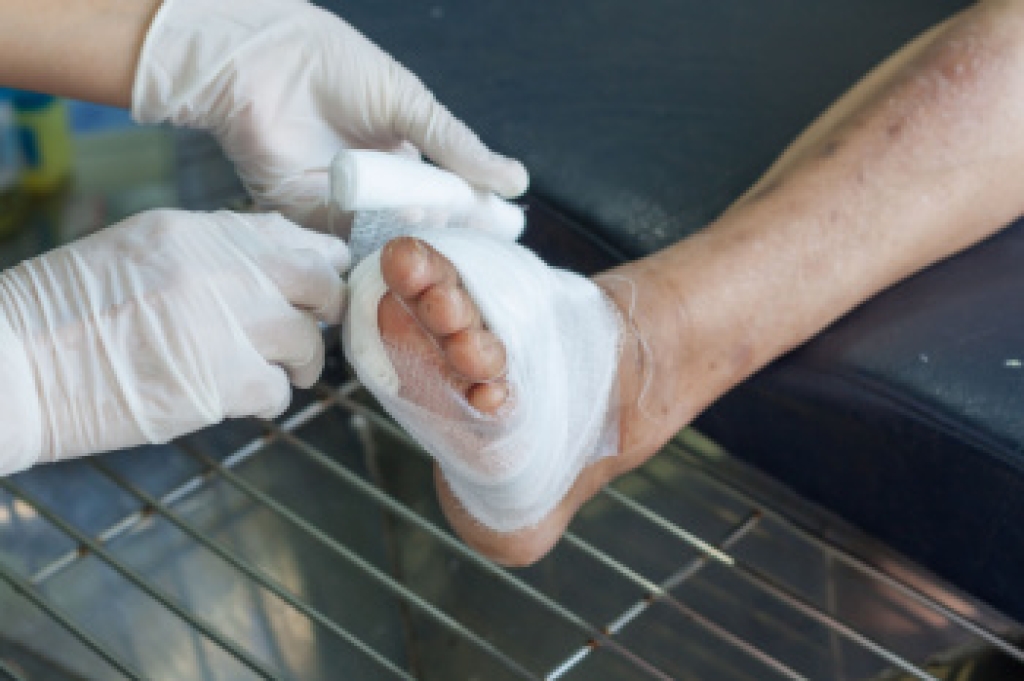
Athlete’s foot often begins with subtle changes that are easy to overlook. Many people first notice mild itching between the toes or a soft, soggy feeling in the skin after wearing closed shoes for long periods of time. The skin may start to peel slightly, look pinker than usual, or develop small cracks that sting when touched. As the condition progresses, a faint odor or a burning sensation can appear, especially after activity or when removing socks. These early signs are important to catch because treating the infection promptly helps prevent it from spreading to other toes or the toenails. A podiatrist can confirm the diagnosis, recommend treatments that target the fungus, and provide guidance on keeping the feet dry and protected. If the irritation continues or worsens despite initial care, it is suggested that you see a podiatrist for effective treatment solutions, which may include prescribed medication.
Athlete’s foot is an inconvenient condition that can be easily reduced with the proper treatment. If you have any concerns about your feet and ankles, contact Glenn Aufseeser, DPM from Lakewood Foot and Ankle Specialists. Our doctor will treat your foot and ankle needs.
Athlete’s Foot: The Sole Story
Athlete's foot, also known as tinea pedis, can be an extremely contagious foot infection. It is commonly contracted in public changing areas and bathrooms, dormitory style living quarters, around locker rooms and public swimming pools, or anywhere your feet often come into contact with other people.
Solutions to Combat Athlete’s Foot
- Hydrate your feet by using lotion
- Exfoliate
- Buff off nails
- Use of anti-fungal products
- Examine your feet and visit your doctor if any suspicious blisters or cuts develop
Athlete’s foot can cause many irritating symptoms such as dry and flaking skin, itching, and redness. Some more severe symptoms can include bleeding and cracked skin, intense itching and burning, and even pain when walking. In the worst cases, Athlete’s foot can cause blistering as well. Speak to your podiatrist for a better understanding of the different causes of Athlete’s foot, as well as help in determining which treatment options are best for you.
If you have any questions please feel free to contact our offices located in Lakewood and Manchester Township, NJ . We offer the newest diagnostic and treatment technologies for all your foot and ankle needs.




